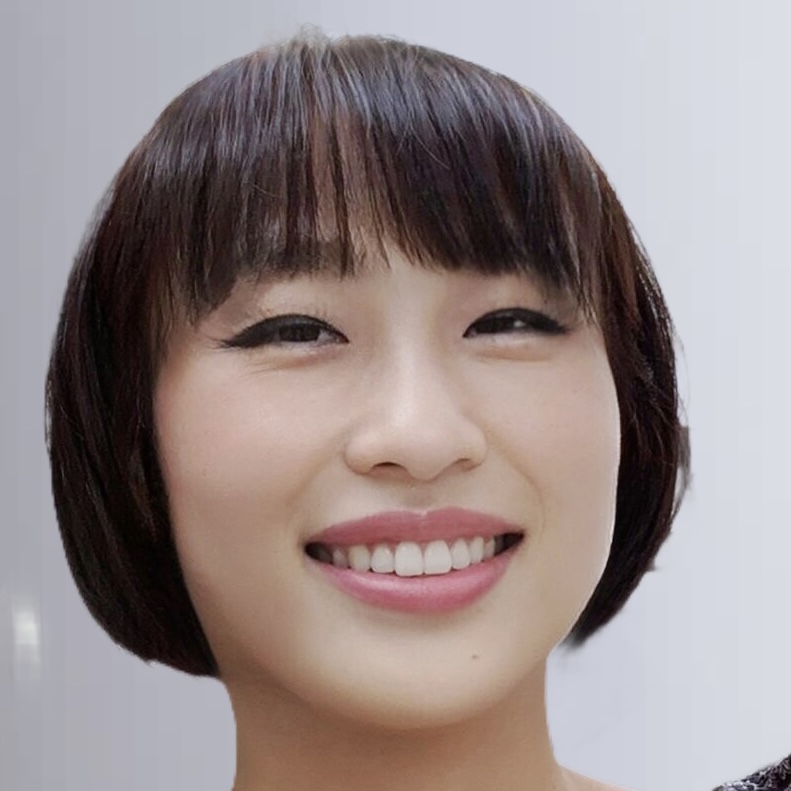Neck and Shoulder Pain? Try Acupuncture!
- Jing Tian
- Oct 15, 2023
- 3 min read

Cervical spondylosis, also known as localized cervical spondylosis, primarily manifests as pain in the shoulders, neck, head, and arms, often accompanied by tender points in these areas. While X-rays may not reveal significant degenerative changes, such as narrowed intervertebral spaces, alterations in the physiological curve of the cervical spine, vertebral instability, and mild bone proliferation can be present. Common symptoms include neck soreness, a sensation of heaviness, discomfort, radiating pain towards the occipital region, shoulder, and upper limbs, as well as tension and stiffness in the neck muscles with tenderness.
As society progresses and the pace of life quickens, factors like prolonged desk work, habitual forward head posture, and chronic strain contribute to the rising incidence of cervical spondylosis. This condition is now affecting individuals at a younger age, with reports indicating that patients under 30 account for approximately 11.1% of all cases. Therefore, prevention and management are of paramount importance. Traditional Chinese medicine adheres to the philosophy of “preventing disease before it occurs and preventing complications once it arises.” This phase is considered the optimal window for treating cervical spondylosis, as effective treatment can prevent its progression to more severe forms.

Chinese Understanding of Neck Pain
In traditional medicine, localized cervical spondylosis falls under the category of “Bi Zheng” 痹症 (obstruction syndrome), “Xiang Bi” 項痹 (neck obstruction), and “Jing Jin Ji” 頸筋急 (neck muscle spasm).
According to the “Su Wen – Bi Lun” 素聞- 痹論 from the Huangdi Neijing 黃帝內經 (Yellow Emperor’s Inner Canon), it states, “When wind, cold, and dampness combine, they form obstruction. Wind predominance leads to moving obstruction, cold predominance causes painful obstruction, and dampness predominance results in fixed obstruction. Obstruction refers to excessive exposure to wind, cold, and dampness at various times.” Traditional Chinese medicine attributes the fundamental cause to “deficiency of the liver and kidneys,” with the “invasion of wind, cold, and dampness” as specific manifestations.
It is believed that “if the meridians are unobstructed, there is no pain; if blood and Qi are nourished, there is no pain.” The “Yi Zong Jin Jian” 醫宗金鑒 advises, “By stimulating the meridians and resolving stagnation, you can alleviate accumulation and swelling, ultimately curing the ailment.” Early acupuncture treatment for cervical spondylosis has shown highly positive results.
Cervical spondylosis is a traditional focus of acupuncture therapy, known for its well-defined therapeutic effects. Acupuncture is effective for short-term and medium-term pain relief, with minimal side effects and a high level of safety. Traditional Chinese medicine utilizes various methods, including acupuncture, moxibustion, electroacupuncture, auricular acupuncture, and cupping, to address cervical spondylosis. These therapies aim to promote meridian flow, dispel wind and cold, resolve stasis, and harmonize Qi and blood to alleviate pain.
Acupuncture for Neck and Shoulder Pain
Acupuncture Therapy: Acupuncture therapy is known for its safety, diverse acupuncture points, and minimal side effects, making it a widely utilized clinical approach. Fine needle therapy relaxes tendons, improves blood circulation, reduces inflammation and pain, thereby alleviating local muscle spasms, enhancing blood flow, and boosting local nutrient supply to reduce swelling and relieve pain.
Moxibustion Therapy: Moxibustion treatment combines needle stimulation with heat to relieve neck muscle tension, reduce inflammation around affected tissues, and enhance local tissue blood circulation. It activates Qi, invigorates blood, warms Yang, and dispels cold.
Electro-Acupuncture Therapy: Electroacupuncture is commonly used in clinical treatment for cervical spondylosis, combining traditional acupuncture with modern medical electrical stimulation. This approach enhances stimulation through electric currents, providing pain relief and alleviating muscle spasms.
Auricular Acupuncture Therapy: Auricular acupuncture is a significant component of acupuncture therapy, known for its pronounced analgesic effects. It is employed as an adjunctive treatment for various types of pain. The ear is closely linked to meridians and organs, featuring reflex zones corresponding to various bodily structures. Auricular acupuncture offers effectiveness, simplicity, convenience, and a non-invasive nature, making it widely applied in clinical treatment for cervical spondylosis.
Cupping Therapy: Cupping therapy utilizes negative pressure created through techniques like heating and suction on the body’s surface. This approach induces local blood stasis, boosts local tissue blood circulation and metabolism, raises the pain threshold, alleviates local soft tissue spasms, and reduces pain. It serves as a supplementary treatment in acupuncture therapy.
Tips for Preventing Cervical Spondylosis:
Adjust Your Posture: Select an appropriate pillow and fine-tune your sleeping position.
Balance Work and Rest: If engaged in extended desk work, consciously lift your head every half-hour and develop a habit of taking short breaks and moving around.
Exercise Regularly: Incorporate regular physical activity, emphasizing body relaxation during exercise, and maintain proper posture to prevent sports-related injuries.
Manage Emotions: Pursue personal hobbies and enjoy soothing music to relax your mind.
Seek Medical Attention: If you experience discomfort in the neck and shoulders, promptly consult a healthcare professional.




Comments